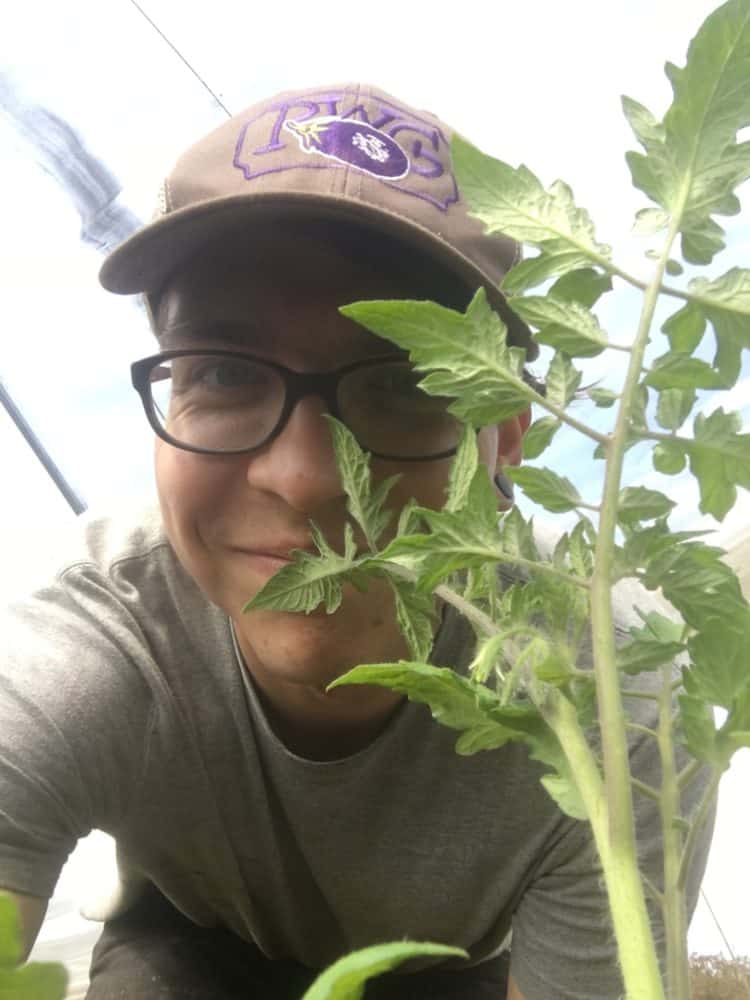What will farming look like for young farmers in 30 years?
by Cherry Halcovitch
It is easy to imagine that the next thirty years will look a lot like the headlines of today. Power and wealth will continue to consolidate, governments and private interests will blur together, and the poor and common people will have their share of prosperity whittled down to splinters. We have seen a steady downward trend in the number of people farming, an alarming rise in the corporate share of agriculture, and abuses of farmers internationally and here at home. But the future of young farmers looks more promising than it first appears, for two reasons primarily.
First, the untold or less‐proclaimed stories of triumph. In the last three decades the wins in agriculture include the CSA farm model entering the mainstream; programs like Farmstart, the CRAFT network and Young Agrarians; and the many extraordinary farms that have been born from nothing more than a corner of disused pasture and a lot of sweat. These stories are not over – they are becoming more and more common as emerging farmers find success, and three decades from now we will celebrate more wins just like these.
Second is the fact that the technological revolution is advancing exponentially faster than any era before. Societies all over the world are being catapulted forward, and struggling to reconcile the present with the institutions of the past. This presents an unstable path forward, but in that uncertainty lies the opportunity to preserve a piece of something simpler. It will be the young farmer’s burden to carry on the work of their predecessors while the landscape around them takes new and strange forms. In thirty years from now, the world will be hotter than it has been in recorded history, weather patterns more unpredictable than ever, pests, diseases, parasites all diverged from their old habits. Big business will loom tall over the small farm owners and operators. And those businesses will be leveraging GM crops, independent AI tractors, and unforeseeable new technologies to drive their competitive edge. Meanwhile, young farmers can find an answer by combining history with innovation and intention.
Eaters will continue to seek out community, connection and authenticity. They will find none in the world of corporate agriculture. It is up to the next wave of farmers to capture the market of those who want their food to come from a good place: from a family like their family, or a person like themselves. The
CSA model called up something that was lost. Two generations before the CSA became commonplace, most people had a farmer in their family. Agriculture was familiar and commonplace. And the alienation that grocery store shoppers felt in the second half of the twentieth century, when many of these family farmers had disappeared, gave rise to community supported agriculture. Consumers demanded to connect with producers once more. Maintaining a human connection will be an indispensable part of the new farmer’s survival, as it has been for some time now.
However, technology cannot be ignored. It will have its place in the toolbox. But young farmers starting out will have to be discerning in selecting technology that serves them and their goals. They will choose innovations that bring them closer to their land and closer to their customers. “Bad tech” imposes unwarranted disassociation from the land and the work.
Farmers have always been innovative and resourceful, by necessity. No one can survive in farming without learning to roll with the many punches that every season has in store. As the years tick on, young farmers will have to draw on those qualities to find the niches and margins that allow them to capture the attention of eaters. Farming as an overall industry will be invisible to many, as it is now. But farmers will find success by being sincere and upfront in a way that a corporation never can.
Cherry Halcovitch Thunder Bay, Ontario Age: 28
Cherry is a first generation farmer currently residing in Thunder Bay, Ontario, and working as Community Grower for Roots to Harvest, a youth focused not-for-profit that uses agriculture and food to promote community and connection.

